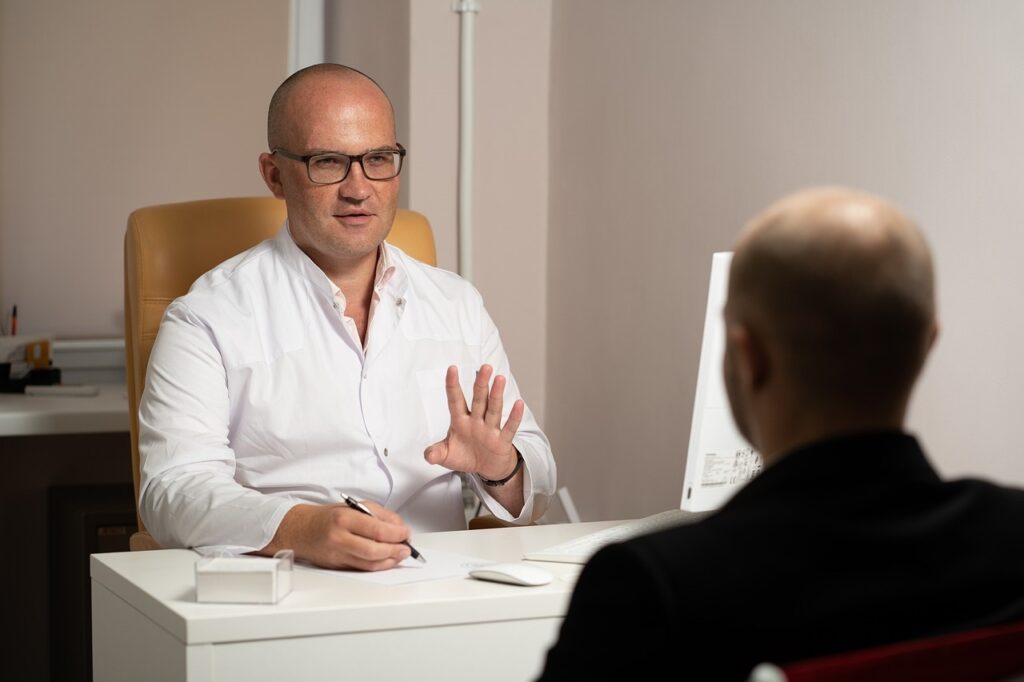Complex issues rarely come with straightforward solutions. Whether you are leading a business through a market shift or guiding a client through a personal challenge, the ability to untangle difficult problems is what separates effective leaders and counselors from the rest. Problem-solving is not just about fixing what is broken. It is about approaching complexity with structure, clarity, and creativity. Below are five go-to techniques that experts in both business leadership and counseling often use when navigating difficult decisions.
1. Reframe the Problem to Shift Perspective
When a problem feels overwhelming, one of the most effective techniques is to pause and reframe the way it is defined. Sergey Alakov of hellodent, shares that, “leaders often fall into the trap of asking, “How do we fix this issue?” while counselors (or those in the health space like a dentist or physician) might hear clients say, “Why does this keep happening to me?” In both contexts, reframing opens new possibilities.
A business struggling with declining sales might stop asking how to increase revenue and instead ask what unmet needs their customers have today. A counselor may encourage a client to shift from “Why am I failing?” to “What can I learn from this setback?” This reframing transforms the problem from a wall into a doorway, allowing more creative and constructive answers to emerge.”
2. Break Down Complexity into Smaller, Manageable Parts
Big problems can create paralysis because they appear too large to solve. Breaking them into smaller, actionable parts helps regain momentum. Business leaders often use this approach by separating financial, operational, and cultural challenges within a company. Instead of tackling “fix the business,” they prioritize addressing one area at a time.
Counselors do something similar with clients who feel overwhelmed. They encourage focusing on a single behavior or choice, such as improving sleep or setting one boundary, rather than trying to “fix their entire life.” The technique is simple but powerful: solving small pieces creates clarity and builds confidence to tackle larger issues.
3. Balance Data with Human Intuition
Complex issues are rarely solved with numbers alone. According to Steven Buchwald of Manhattan Mental Health Counseling, business leaders lean on data to inform decisions, but they also recognize that human intuition often detects patterns that data cannot. “A manager may notice that metrics look positive, yet employees appear disengaged. Paying attention to that instinct can uncover cultural issues before they escalate.
In counseling, intuition is equally vital. A therapist may hear a client’s words but sense that something deeper is left unsaid. They use that intuition to guide questions that help uncover root causes. The lesson is that effective problem-solving blends analytical reasoning with human insight, rather than relying solely on one or the other.”
4. Use Collaborative Dialogue Instead of Isolation
Isolation often magnifies complexity. Business leaders and counselors both know that conversation opens doors to new understanding. Leaders who bring in diverse perspectives from their teams discover blind spots they would never have caught alone. Counselors use dialogue to help clients hear themselves in new ways, leading to breakthroughs that emerge through conversation rather than silent reflection.
Collaboration not only generates more ideas but also builds ownership. When people feel part of the problem-solving process, they commit more deeply to implementing solutions. Whether in a boardroom or a counseling session, dialogue transforms problems into shared challenges that can be solved collectively.
5. Focus on Long-Term Patterns, Not Just Quick Fixes
Tony Kalka, Owner of Kalka Law says, “a major mistake in problem-solving is rushing for immediate relief without addressing the root cause. In business, this might look like cutting costs in response to declining profits instead of reimagining a product strategy. But I imagine in counseling, it might mean teaching short-term coping mechanisms without exploring deeper emotional triggers.”
Sustainable problem-solving requires looking at the patterns beneath the surface. Leaders ask, “What conditions allowed this issue to develop in the first place?” Counselors explore recurring themes in a client’s life that keep them stuck. This forward-looking approach prevents the cycle of solving the same problem repeatedly and instead creates durable progress.
Final Thoughts
Complex issues are not solved by luck or brute force. They require methods that combine clear thinking, emotional intelligence, and patience. Reframing the problem, breaking it into manageable parts, balancing data with intuition, leaning on collaborative dialogue, and focusing on long-term patterns, both leaders and counselors navigate challenges in ways that create lasting impact.
The beauty of these techniques is that they apply across contexts. A CEO guiding a company through disruption and a counselor helping a client through personal transformation may work in different worlds, but they both know that clarity comes not from avoiding complexity, but from engaging it with structure and insight.

